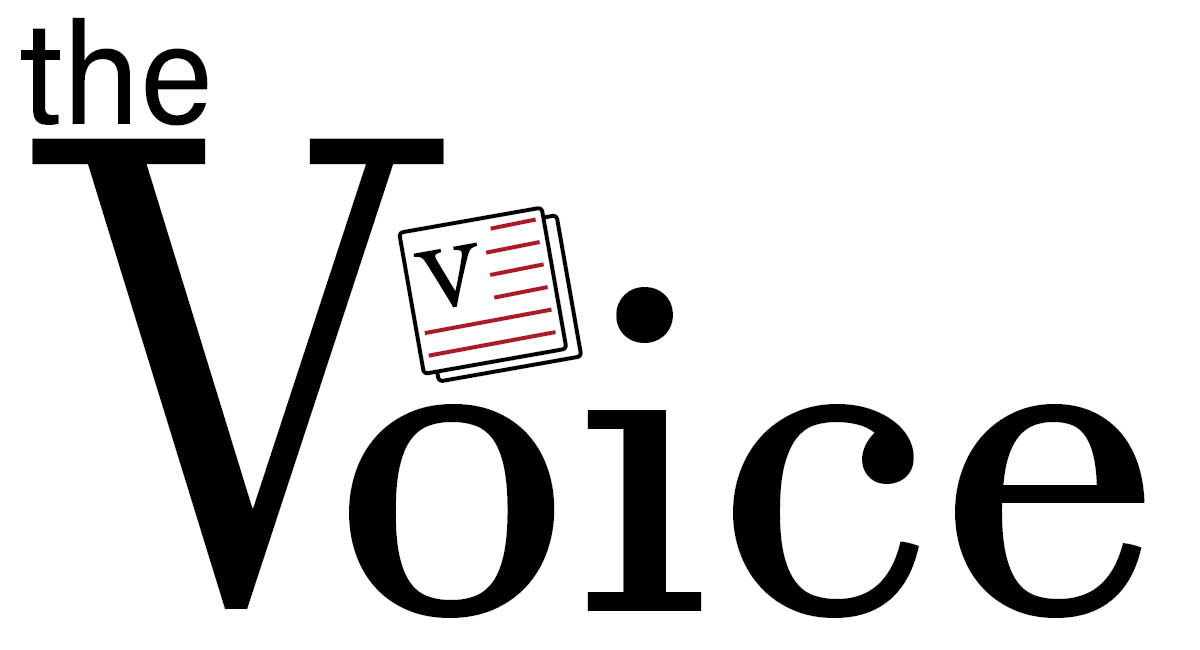As the teacher dutifully attempts to fill in as much notes as he can in the forty-seven minute class period, junior Kyle Nejman intensely clings onto to every word. However, his neighbor is not quite as fortunate to immediately pickup on every statement presented.
“The person I was working with was really lost, and the teacher didn’t notice because he was too busy talking with some other students,” said junior Kyle Nejman. “There are definitely students teachers are more prone to talking to.”
Frequently, it seems that some teachers get distracted with an off-topic conversation, hindering them from helping the other students in the classroom.
In some cases, such as Nejman, other students around them must try to explain the exercise they themselves have not fully understood.
This widespread segregation in classrooms is an issue which countless students unfortunately recognize and must learn to work around.
As the various interactions between any given student and the teacher develop, it becomes more and more clear which student the teacher has a stronger relationship with, but this does not become a problem until it spills over into the classroom environment.
“I think that it’s biased because they are saying they prefer those students and they don’t understand it can cause those students to get a bad grade,” said junior Kassandra Navarrete.
For those students who do not see the teacher as much as other students, they must constantly struggle to develop the kind of relationship that would make the classroom environment a positive one.
When a teacher focuses more of his or her attention on a particular group of kids, other students are not given the opportunity to comfortably verbalize their opinions. The classroom conversations become one-sided, leaving students who would have otherwise contributed to the conversation silenced. Aware that the teacher will call on the same group of kids, these students feel covered because know they no longer need to interject anything.
“When teachers talk to a certain group of kids, I don’t feel obligated to talk,” said junior Alli Preble.
Teachers, like students, are not all the same. Many of them do their best to acknowledge and welcome all the students in their classroom.
“I am the head coach of Science Olympiad and as much as I like to say it doesn’t affect my class, it does because I have something else to talk about with the kids I coach. I would hope it doesn’t affect it,” said Brigitte Zielinski. “It’s hard not to talk to some kids over another because you see those kids the most.”
Many teachers are aware that this sort of relationship in a classroom can occur and many of them have gone through it themselves.
Many teachers unknowingly talk to one group of students over the other, making the atmosphere in the class feel to some extent imbalanced.
Teachers develop relationships with students outside the classroom (whether due to extracurricular activities, sports, etc.) and this relationship can transfer into the classroom, causing for them to sometimes play favorites or simply talk to that one group of students over the others in the classroom.
Teachers should make a genuine effort to communicate with the all the students in their class. They should sincerely aspire to get to know all the students in their classroom (at least on some level), which not only will help make them feel comfortable in the classroom, but it will encourage involvement while in the classroom.




molly heine • Oct 19, 2011 at 11:23 pm
great job ! ( :